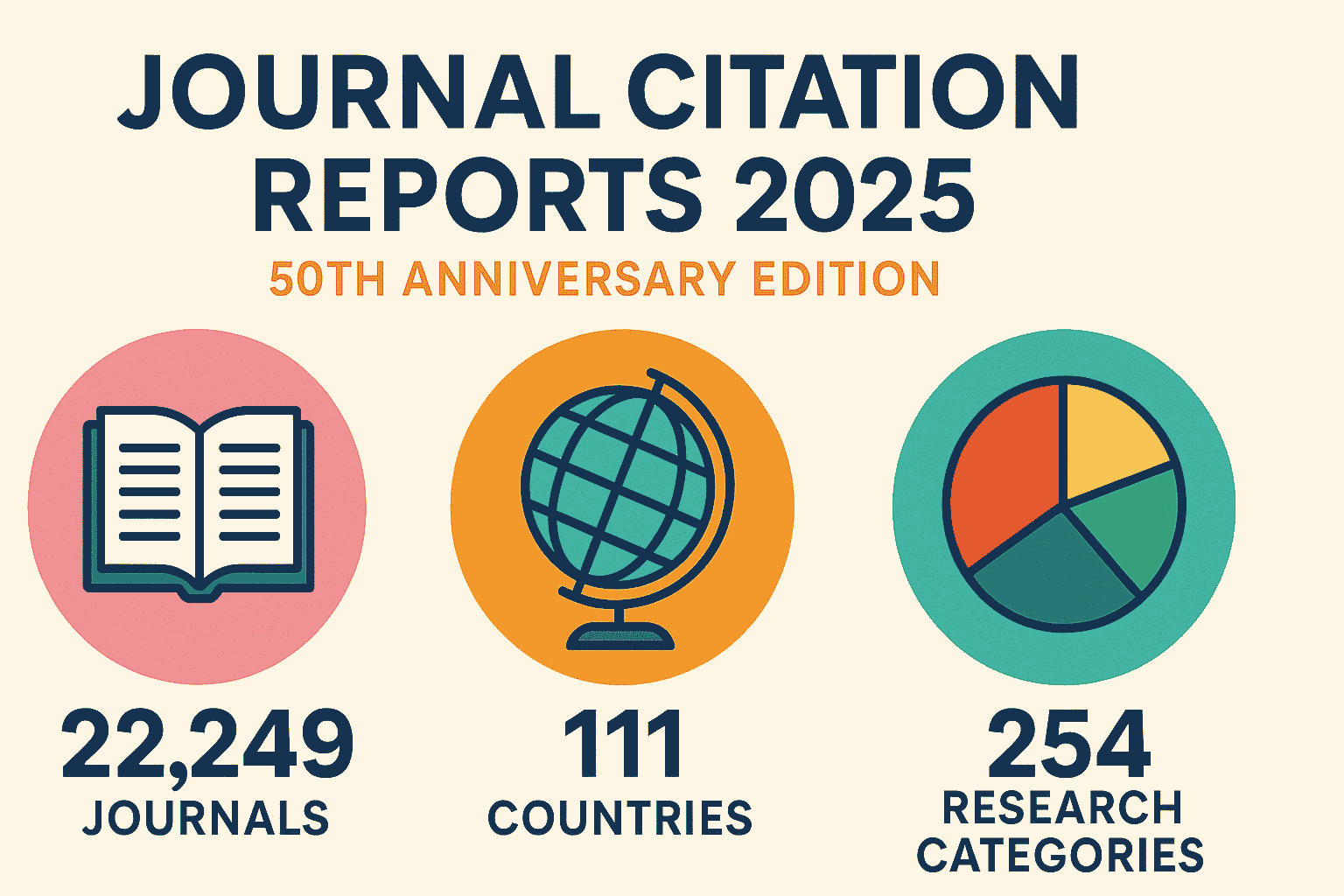Nrf2 Regulates Inflammation by Modulating Dendritic Cell–T Cell Crosstalk during Viral–Bacterial Superinfection
Every year millions of people are infected with influenza, which can be complicated by secondary bacterial pneumonia. One factor that may contribute to increased susceptibility to secondary bacterial infection is the modulation of inflammatory cytokines. NF erythroid 2–related factor 2 (Nrf2) has been shown to be a master regulator of the antioxidant response and various inflammatory cytokines. To test the role of Nrf2 during viral–bacterial superinfection, we used a mouse model of influenza–Staphylococcus aureus superinfection with wild-type (WT) or Nrf2-deficient (Nrf2−/−) mice. Loss of Nrf2 reduced influenza burden and increased S. aureus burden during superinfection. Additionally, Nrf2−/− mice had increased abundance of conventional type 1 dendritic cells (DCs). We then tested the interaction between DCs and T cells using an in vitro model of bone marrow–derived DCs with OVA and OT-II T cells. In this system, Nrf2−/− DCs promoted a Th2/regulatory T cell response as opposed to a Th1/Th17 response by WT DCs. This was recapitulated in vivo with superinfected Nrf2−/− mice having increased regulatory T cell populations. We also observed an increased median survival time of Nrf2−/− superinfected mice, due at least in part to increased IL-10 signaling, as anti–IL-10R Ab treatment reduced median survival time to levels seen in WT mice. Overall, these data suggest that loss of Nrf2 promotes differential T cell skewing mediated by DCs that promote a regulatory phenotype, increasing superinfection survival time, despite increased bacterial burden.
Summary
Influenza superinfection with bacteria is a serious concern, potentially linked to inflammatory cytokine modulation. This study investigates the role of Nrf2, a regulator of antioxidant responses and inflammatory cytokines, in a mouse model of influenza-Staphylococcus aureus superinfection. Nrf2-deficient mice exhibited reduced influenza burden but increased bacterial burden. These mice also displayed an increased abundance of conventional type 1 dendritic cells (DCs), which promoted a Th2/regulatory T cell response rather than a Th1/Th17 response, leading to increased regulatory T cell populations in vivo. Ultimately, Nrf2 deficiency improved survival time during superinfection, likely due to enhanced IL-10 signaling.
Read more…
This post is part of “Science/Immunology News”, Follow for more…!!!
Discover more from abdullahfarhan.com
Subscribe to get the latest posts sent to your email.








